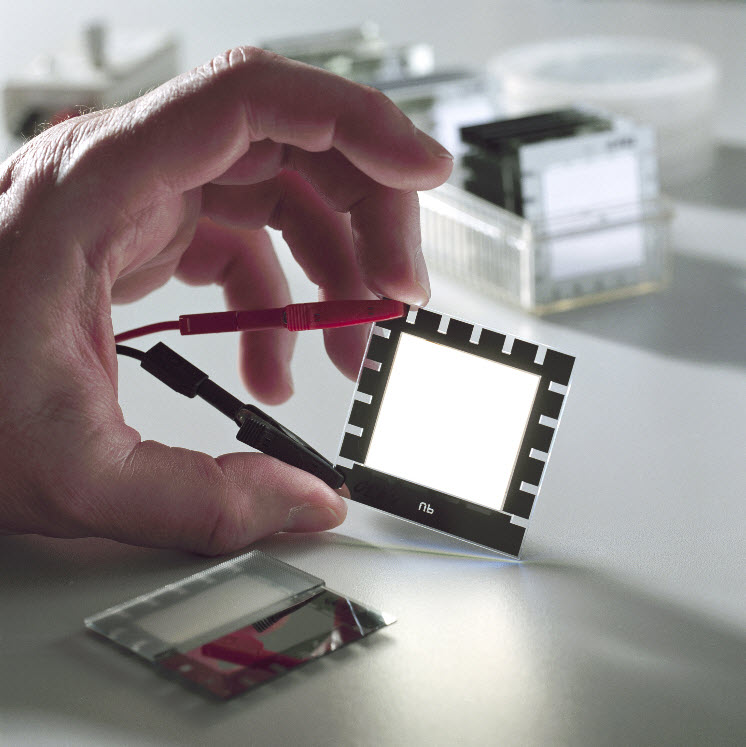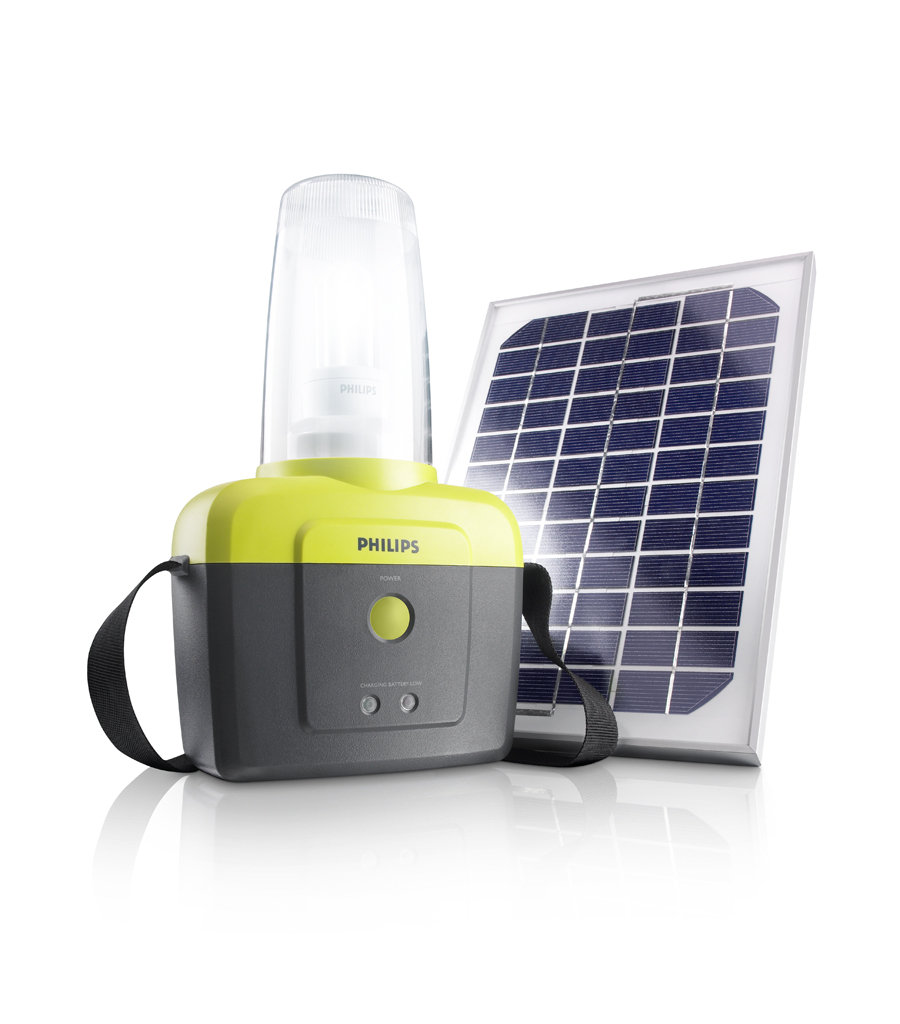
I am currently looking into the news that the Netherlands Ministry of Overseas Development, selected African partners, and the Dutch firm of Philips have signed a joint venture to produce solar lighting kits for Sub-Saharan Africa. The aim of the agreement called 'Sustainable Energy Solutions Africa', is quite simply to create ten million LED lights, giving people in the rural areas of 14 countries access to sustainable light before the year 2015.
Sustainable light is badly needed. The fact is that one in every three people in the world still relies on traditional energy sources such as firewood, crop residues and dung. Collecting it takes a lot of time and is bad for the environment. Kerosene lamps provide light but they are unhealthy fire hazards and the light is of very poor quality. What's more, the sharp rise in oil prices in recent years has made them relatively expensive.
Lack of light means millions of people in rural Africa cannot work in the evening and children cannot do their homework. Hospitals, businesses and factories can barely operate properly. Development opportunities are frustrated and the quality of life is limited. Access to modern energy is a precondition for development. By providing a high quality product, designed to meet the needs of the local market, the rechargeable solar lamp will finally give the poor access to reliable electric light, even in places where there is no electricity grid.
The deal is as follows: the Netherlands' foreign ministry and Philips will each invest 3 million euros. Philips will put the money into product development, research, training and distribution. The Ministry will pick the areas that will benefit in Africa and ensure awareness, training and delivery via embassies and community-based organisations in Africa. The solar lamps won't be free though - people will pay for them in instalments with the aid of micro-credit schemes. After one or two years, people will have paid for their sustainable lamps and the only costs they incur – minor ones – will then be for maintenance.
Philips has recently been testing their new solar "UDAY" lantern, a compact lighting system that provides bright white light and is charged by the power of the sun. Each day's charge will provide 250 lumens (the equivalent light of 250 candles) for 4-5 hours. They are also working on a hand-cranked LED torch called KIRAN. Benefits of new solar lighting solutions include significant cost savings, less fire risk compared with kerosene-type lanterns, no direct carbon footprint and the use of a sustainable natural commodity (sunlight or manpower) to generate electricity. In addition there are economic and social benefits from being able to undertake activities in the evening hours. Protypes are being tested in Ghana at the moment, together with the Kumasi Institute of Technology and Environment. The results will then be expanded to 10 other African countries.
Philips is also involved in Lighting Africa, the World Bank Group initiative to provide modern lighting to the 250 million people in Sub-Saharan Africa who have no access to electricity. Jointly managed by the IFC and the World Bank, Lighting Africa aims to develop market conditions for the supply and distribution of new, non fossil fuel lighting products, such as fluorescent light bulbs and LEDs, in rural and urban areas of the region that are not connected to the electricity grid.
At the Lighting Africa 2008 event held back in May in Ghana, 16 companies and organizations were awarded up to $200,000 to implement projects that offer affordable, clean, safe, off-grid lighting and that improve access to lighting for people living without electricity across the region.
Today an estimated 500 million Africans live without electricity. For these people, nighttime means either darkness, the flickering light of a candle, or kerosene lamp. Part of the solution can come from a new generation of solar-powered lighting systems. Global spending on fuel-based lighting is estimated to be worth US$ 38 Billion per year. While, in theory, this could offer a large incentive for private companies to get involved, in practice the off-grid lighting market has so-far remained largely untapped.

1 comment:
this is wonderful.
I wonder if this would be available in Brazil? I will further research this. We are involved with helping a small village in Brazil and this solar lamp would be great for use for children getting homework done, etc.
www.cascalheirabrazil.blogspot.com
Post a Comment